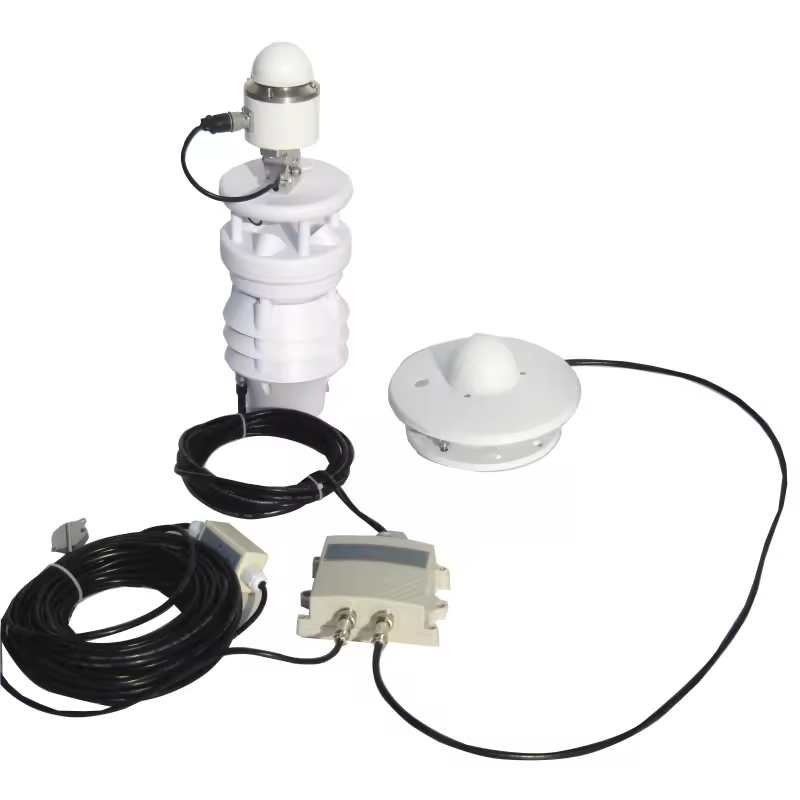A remote automatic weather station was recently installed in Lahaina. PC: Hawaii Department of Land and Natural Resources.
Recently, remote automatic weather stations have been installed in areas of Lahaina and Maalaya, where tussocks are vulnerable to wildfires.
The technology allows the Hawaii Department of Forestry and Wildlife to collect data to predict fire behavior and monitor fuel combustion.
The stations collect data for rangers and firefighters on precipitation, wind speed and direction, air temperature, relative humidity, fuel moisture and solar radiation.
Data from remote automatic weather stations is collected hourly and transmitted to satellites, which then send it to computers at the National Interagency Fire Center in Boise, Idaho.
This data helps in fighting forest fires and assessing fire danger. There are approximately 2,800 remote automatic weather stations in the United States, Puerto Rico, Guam, and the U.S. Virgin Islands.
“Not only are fire departments looking at this data, but meteorological researchers are using it for forecasting and modeling,” said Mike Walker, a fire forester with the Department of Forestry and Wildlife.
Forestry officials regularly scan the Internet, monitoring temperature and humidity to determine the risk of fire in the area. Elsewhere there are also stations equipped with cameras to detect fires early.
“They are a great tool for identifying fire risk, and we have two portable monitoring stations that can be used to monitor local fire conditions,” Walker said.
Although a remote automatic weather station may not indicate the presence of a fire, the information and data collected by this device can be of significant value in monitoring fire threats.
Post time: Apr-15-2024


